8. Synecdoche, New York
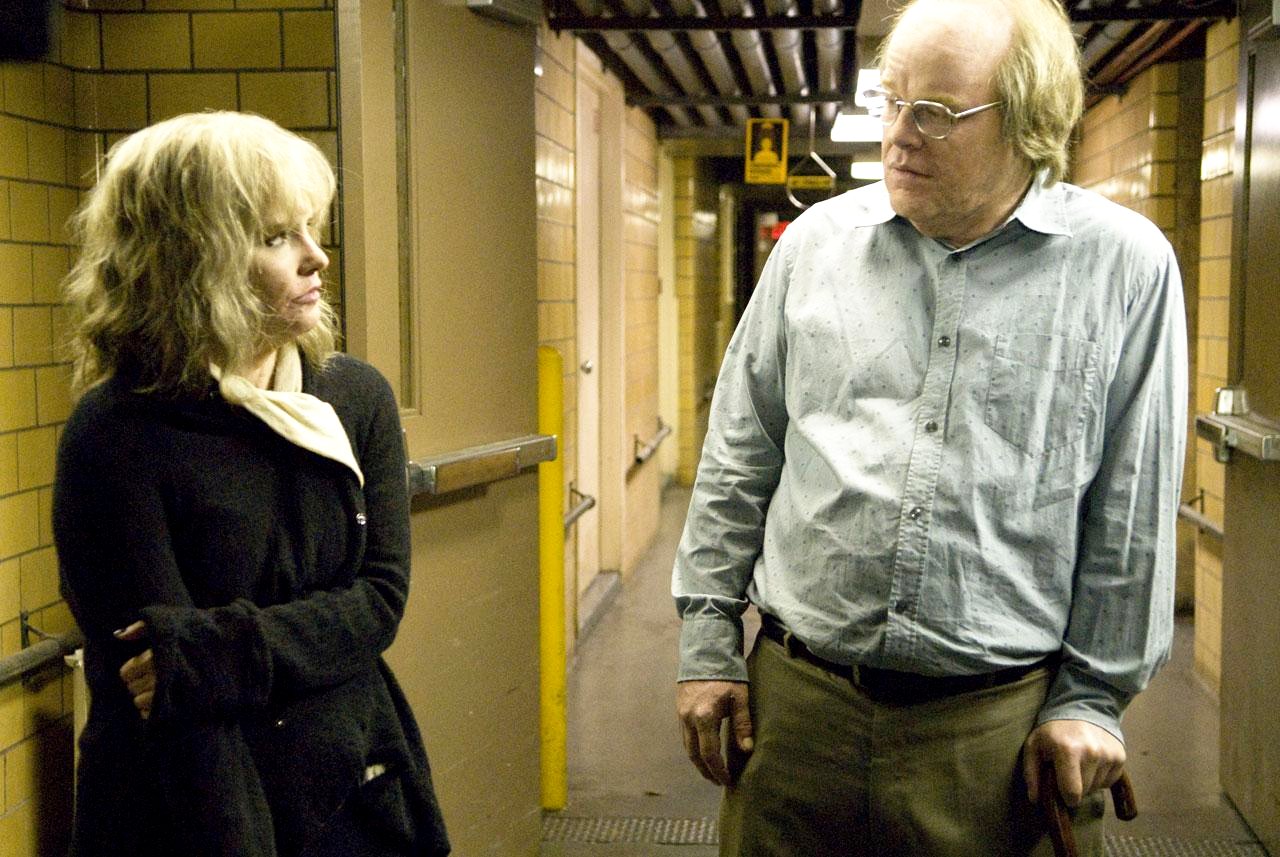
This is without question the most puzzling film I’ve ever seen. Director Charlie Kaufman tries to encapsulate (in a single movie) the feelings of hopelessness and despair that all humans feel at some point in their lives and (somehow) he achieves his goal. “Synecdoche, New York” is one of a kind in a sense that it’s the only heartwarmingly depressing movie that exists.
It portrays the seemingly ordinary life of a theater director named Caden Cotard (Philip Seymour Hoffman), and it slowly starts to turn into a self-discovery journey toward what motivates his art, and ends up fleshing out the whole extension of his humanity, which is really all of our humanity.
I didn’t get this film the first time I watched it. I started understanding what was going on in the second watch and I finally grasped its genius on a third watch. Now I watch it again every few months and every time I do, I catch up on new details I’ve previously missed.
Kaufman said he structured “Synecdoche, New York” for it to reveal itself to the viewer slowly, with hidden details and potential meanings and references everywhere. For me, in a sense, it’s like if I watched an entirely different movie every time; only a handful of films can achieve such effect.
7. The Dark Knight
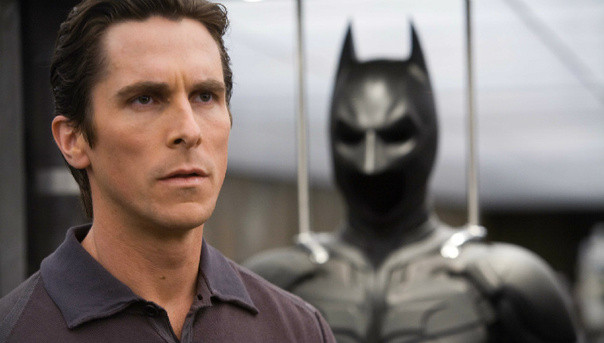
Christopher Nolan set up to make a great trilogy about the darkest of superheroes. After he finished, DC was like: “Oh my god! Can you do exactly that with ALL of our superheroes?” to which Nolan probably responded: “Nah, that wouldn’t make sense, fam. I’m done.” So DC hired Zach Snyder to do it and, well, we all know how that sad story ended (*cough cough* “Suicide Squad” makes me suicidal *cough cough*).
As with Sam Raimi’s “Spider-Man”, Nolan’s Batman is portrayed as a real human being with struggles, weaknesses, and a dubious moral compass. The feeling that we’re watching seemingly real characters interacting differs greatly of how superhero movies are made nowadays.
Nolan really developed his ability to create spectacle with “The Dark Knight”. The plot flows seamlessly as the conflict between Batman and the Joker grows in intensity and creepiness. The whole film revolves around their confrontations, which escalate according to the rhythm of the movie.
“The Dark Knight” ultimately plays as a house of terrors ala Arkham Asylum, in which we feel like we’re actually in Bruce Wayne’s (SPOILERS) aka. Batman’s skin.
6. Birdman
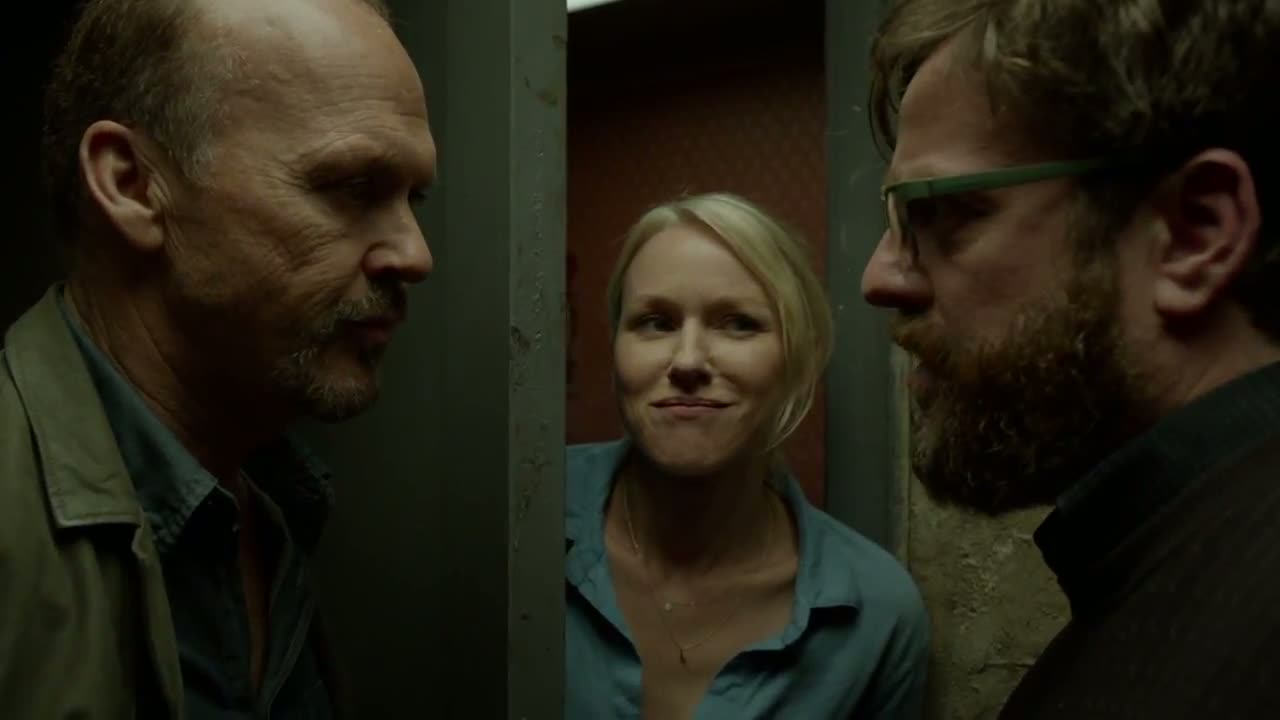
Alejandro Gonzalez Iñárritu’s rationale behind “Birdman” being filmed in what it seems to be a single continuous shot was to imitate real-life continuity. The only ‘cut’ that happens in real life takes place when we go to sleep; other than that, there isn’t any sort of pause.
Due to the use of this technique, there couldn’t be any dull moments in the film. The whole movie is a riveting voyage through the making of a Broadway play, set to the accelerating non-stopping drums of Antonio Sánchez.
The film is a real ‘tour de force’. Everyone involved gave their very best and they had to because every cog in this cinematic machine had to work perfectly for it to succeed. According to the director, every single thing that happens in the movie was rehearsed until exhaustion. Iñárritu had total control over everything and he managed to structure the film so that the feeling of continuity wouldn’t be disturbed.
The result is a beautifully vertiginous film that speeds up the internal clock of anyone who dares to watch it.
5. The Social Network

David Fincher and Aaron Sorkin should get married, or at least Congress should pass a bill that forces them to work on a film together at least once every five years. “The Social Network” is the perfect example of what can come out of a successful relationship between director and screenwriter.
Who could’ve predicted that a book about the creation of Facebook would become one of the most exciting movies ever made? Of course, a lot of the facts are changed in Sorkin’s version of events, but even so, his ability to juggle narrative resources and structure a sequence of events out of such a situation is admirable.
Sorkin’s scripts are always full of tense situations and sweet lines of dialogue for actors to steal the show; in the case of “The Social Network”, this is emphasized even more. We’re talking about a movie portraying very smart people having fast-paced conversations with other very smart people. Along with Fincher’s endless visual tools and clever transitions, the film’s narrative structure is as vertiginous as the comings and goings of Sorkin’s witty oral confrontations.
It’s often the case that, before you even start to grasp why was Mark such an asshole to Eduardo, the film is over and the only thing you want to do next is watch it again and be amazed for a second, third, and (why not) tenth time.
4. Shaolin Soccer
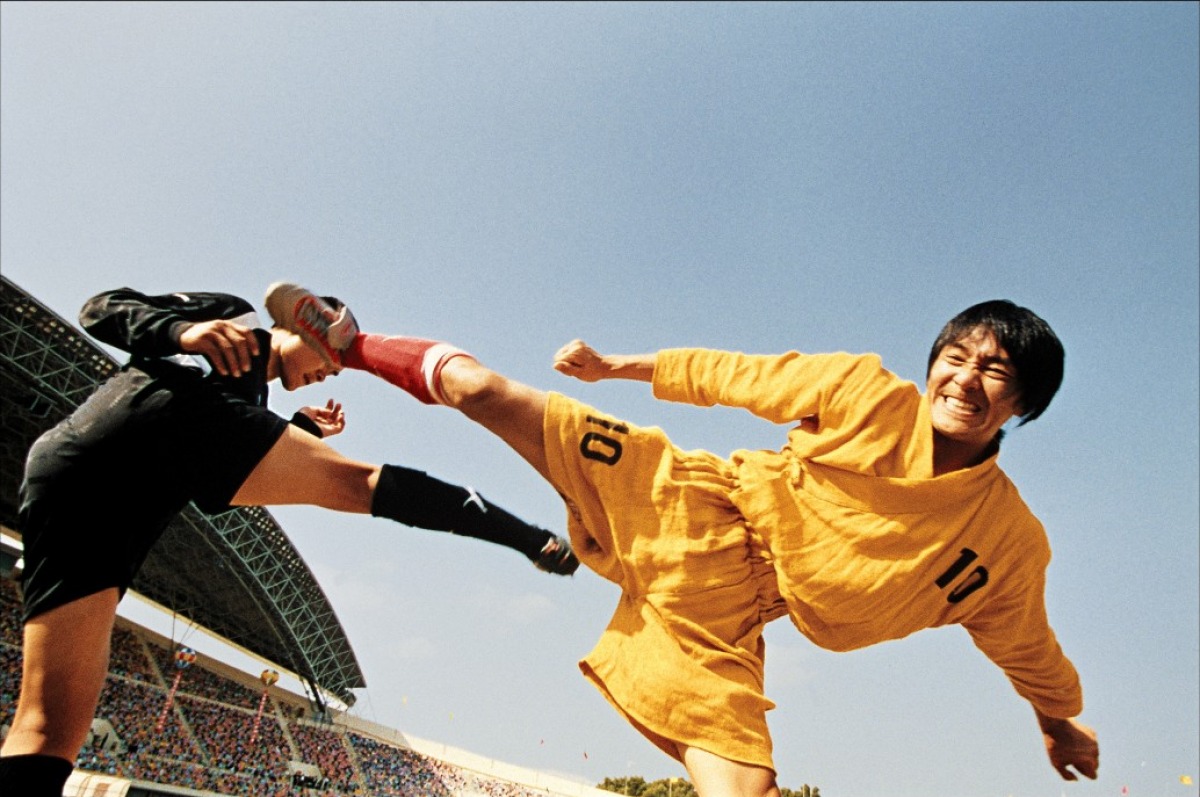
Even if you don’t like soccer, after watching “Shaolin Soccer” you’ll have to admit that watching crazy martial arts masters playing soccer is pretty fucking amazing.
The movie follows a group of current losers that used to train in a mythical Shaolin academy. Mighty Steel Leg Sing (the awesomely named main character) teams up with former soccer star Golden Leg Fung (his awesomely named mentor) and gathers together the old gang to form a mighty soccer team that’s able to crush whatever opponent that dares face them. Now tell me that doesn’t sound incredible.
All of this results in an unconventional comedy with amazing visuals, thrilling action (and dance?) sequences, and a hilarious script that’s not afraid of going completely over the top once every few minutes.
3. Shaun of the Dead
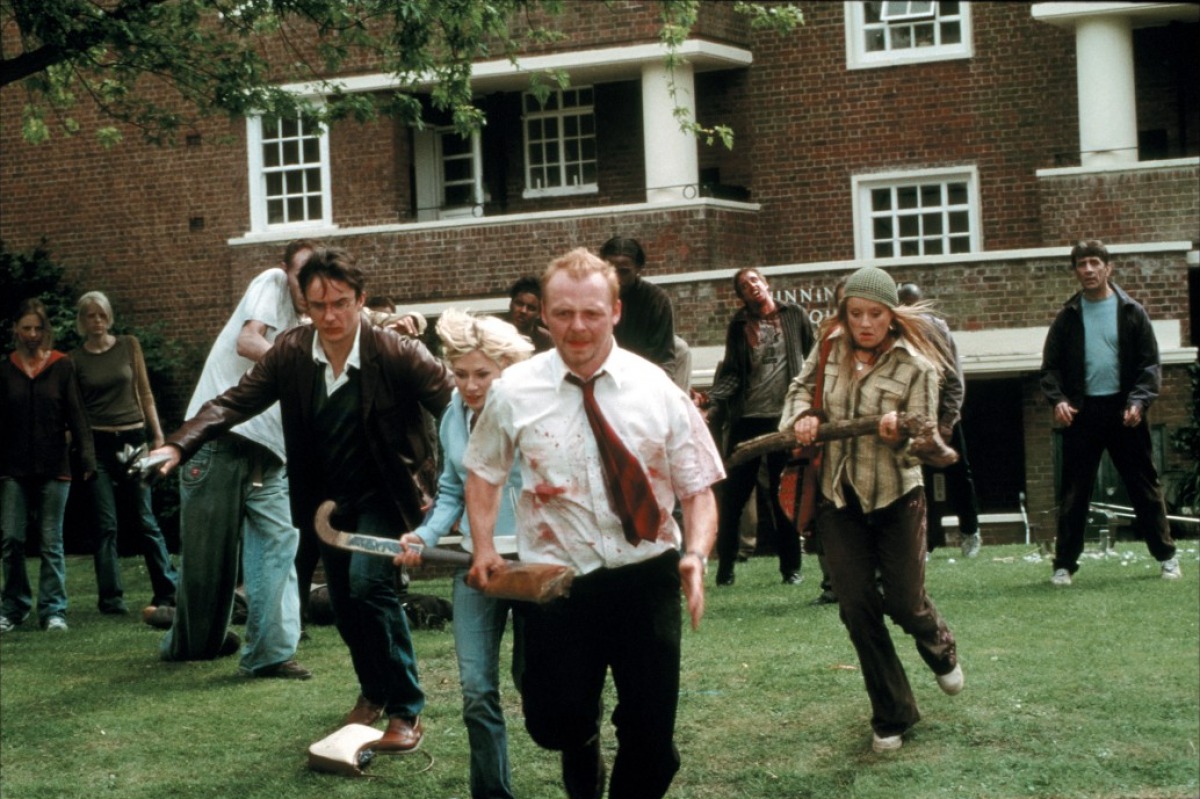
Regarding rewatchability, Edgar Wright is the absolute indisputable master of the field. His style, composed of fast transitions, fun montages, and little comedic details is perfect when we take into account how many times one can watch a specific movie.
The rhythm of “Shaun of the Dead” is incredibly fast. Its narrative structure makes it possible to introduce all the characters and the wacky context around them in very few minutes. From that point on, a mixture of action and comedy fills the rest of the movie’s running time.
Most movies need a few minutes or even full scenes to slow down the pace and change gears. However, this never happens in Wright’s films. I don’t know how he does it, but to put it bluntly, there are no ones or twos in Wright’s gearbox.
“Shaun of the Dead” is a wonderful example of how, in the case of cinema, the way you tell a story matters infinitely more than what the story is about.
2. Whiplash
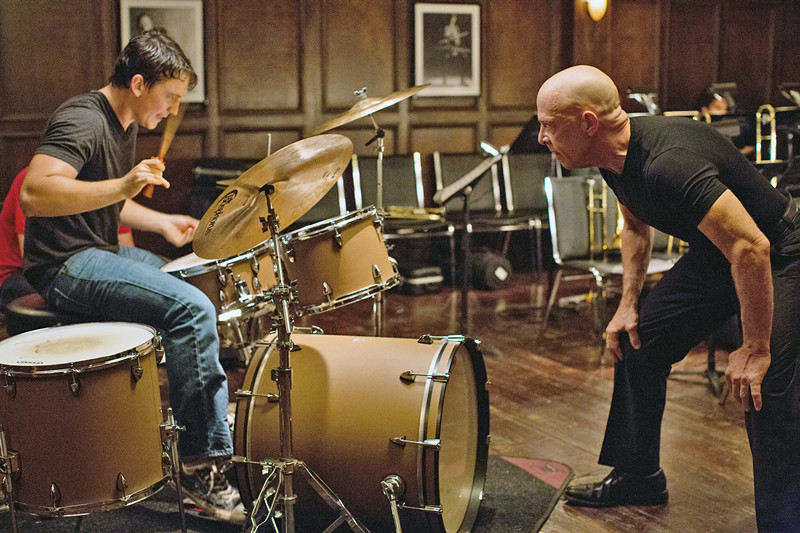
It’s not common to find filmmakers who are also drummers. Hell, it’s even very hard, in its own right, to find drummers at all. So when Damien Chazelle set out to make “Whiplash”, the audience was up for a very unique experience.
“Whiplash” shows us the chaotic life of a young jazz drummer who aspires to be remembered among the greatest jazz musicians of all time, such as Charlie Parker, Miles Davis and Jo Jones. To accomplish this he will have to prove to his asshole music teacher that he can play according to his tempo, whatever it may be.
Chazelle creates a very tense environment in an attempt to get us into the conflicted mind of the main character. This is contrasted by the moments in which he gets to play the music he wants, the way he wants. The director does a great job expressing the joy the protagonist feels as he’s performing.
The film as a whole is a complete musical extravaganza, where up-tempo jazz soundtrack forces every audience member to mildly vibrate out of excitement in their seats as they glue their eyes to the screen as the amazing visuals complete the circle.
1. Scott Pilgrim vs. the World
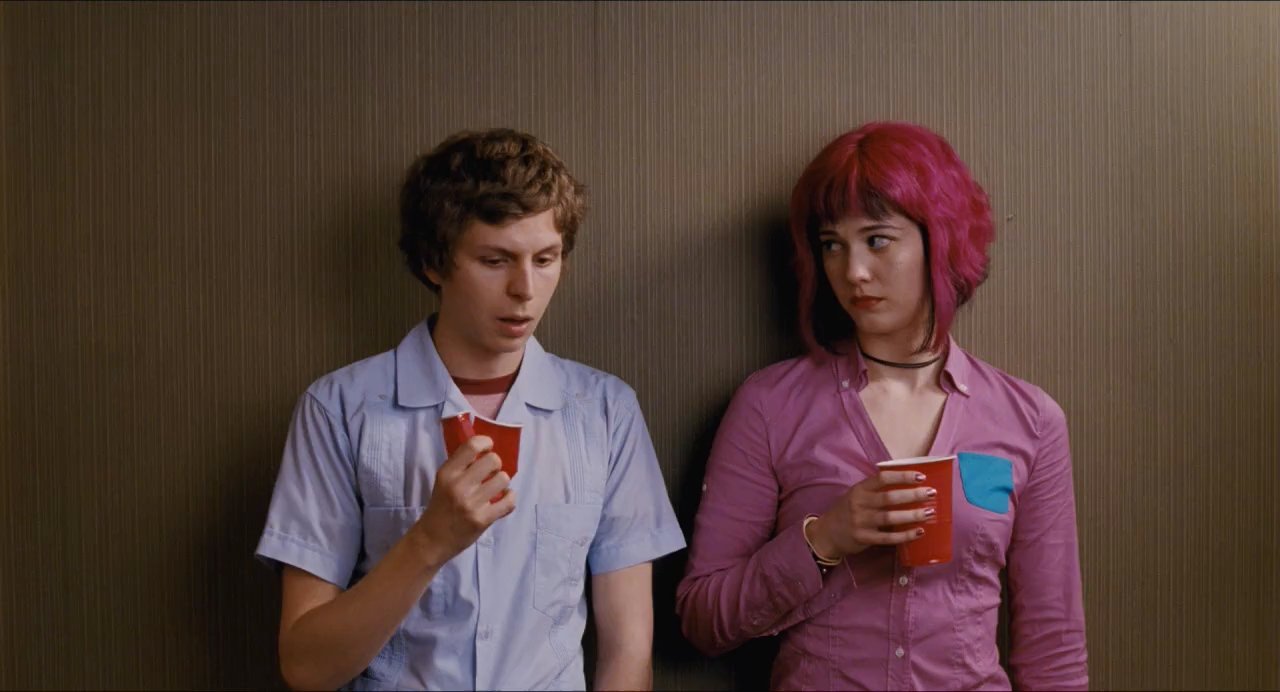
The definition of ‘movie’ varies a lot between different people, and that’s neat. How boring would it be to endlessly repeat old generic models blurring the lines between art and pastime? That said, once in awhile there comes a film that completely shatters your idea of what cinema can be. The first movie that did that for me was Fellini’s “8 ½”. Before I watched it I already was really interested in cinema in general, but I’ve never seen such an introspective spectacle.
Another film (among many) that recreated that same effect for me was “Scott Pilgrim vs. the World”. Is it a musical? Well, not really. Is it a comedy? Kind of. Is it a film about growing up and facing reality? Yeah, there’s some of that too. Is it an action film about a sort of videogame-comic hybrid world? Yep.
This kind of refusal to be boxed in is what amazes me. “Scott Pilgrim vs. the World”, despite all its fantasy elements, feels way more real than most movies I’ve seen.
There’s no other movie with a better sense of rhythm than “Scott Pilgrim vs. the World”. Scenes flow seamlessly thanks to Wright’s amazing transitions, ingenious camera work, and overall narrative structure, creating a truly outstanding “time mosaic” as Tarkovsky would say.